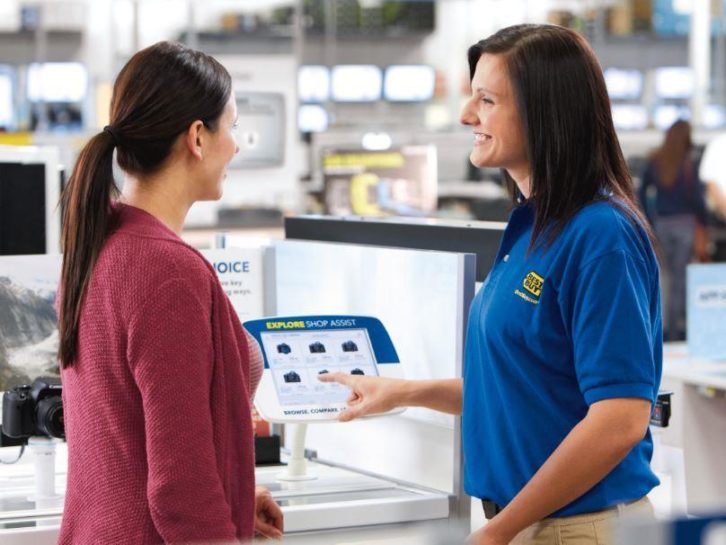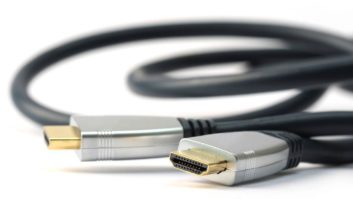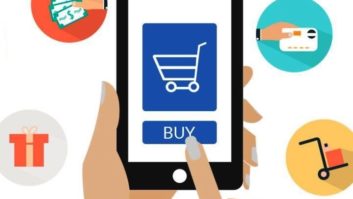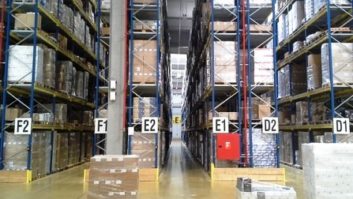As unpredictable as it has been, we can say one thing for 2020: the upheaval of this year has cemented the need for a seismic shift to digital solutions. Organizations that began the transition to digital before the pandemic hit navigated through it far better than those operating with more traditional approaches alone, and across industries and verticals there has been a pivot in operations to find more flexible, tech-enabled solutions to how to do business.

Because of this, businesses are seeing in real time how shifts in operations can offer long-term benefits. But while organizations everywhere are being won over by what a full digital transformation has to offer, consumer buy-in is the hook on which the success of these initiatives hangs. How can your business get customers on board with the upgrading and updating that will ensure efficient, effective operations going forward? Read on to find out.
Prioritize Customer Value
One factor often overlooked when calculating the business value of a tech change is how the perceived value of that change for your customers. If it’s not helping them accomplish a goal, overcome their pain point, or meet their needs, they’ll resist it, and your business will suffer. You cannot improve your business without improving things for your customers, and to do that you need two things:
1) Understand the value the change offers them
2) Understand what they’ll be trading off to gain that value
Our twice-annual Robots Among Us survey measuring consumer comfort with new and emerging technologies has shown that how we frame a new implementation has a significant impact on consumer readiness for it.
In some instances, the value of the whole experience helps paint a more desirable picture for consumers than the individual elements convey on their own. Geofencing and video tracking, the technologies that enable checkoutless shopping, make consumers wary, but they are interested in the convenience checkoutless shopping offers. Because the stakes here are everyday inconveniences being faced regularly and not life or death, seeing the whole picture is encouraging instead of daunting.
In other settings, however, the whole experience can be too much to take in. Fully autonomous vehicles are met with a lot of resistance—for most people, driving doesn’t pose a high enough level of perceived inconvenience, so putting their lives solely in the hands of robots is too much. That’s where introducing smaller pieces of the experience to build up to the whole can be helpful. Lane and parking assistance are quickly becoming part of the expected driving experience, and as consumer mindsets warm up to the capabilities of AI-powered driving, more autonomous functions will be added.
On the surface, these seem like opposite findings. Checkoutless shopping showcases the whole experience whereas self-driving cars are currently only showcasing a part. But in reality, both are rooted in understanding what is and isn’t providing value for the consumer. It all comes back to those essential questions outlined above: what goals, pains, and needs are being addressed, and how important are they to consumers versus what’s being lost. Framing is everything.
Include the Employee Experience
Another key factor in ensuring a new implementation is successful is the employee experience. As important as customer buy-in is, a workforce that can make use of the new tools and feel empowered by them is just as important to the success of a new implementation—especially when it comes to selling the experience to the world.
Employee and customer experiences are inextricably linked, which means a big part of winning customers over to new experiences is having vocal support from your internal users. Again, it’s important to look at the goals, needs, and pains of the people being impacted by these changes—in this case, employees—but in addition to that, you need to align your overall vision with that of the individuals.
Bringing staff on board with the changes isn’t just about ensuring they can do their jobs. It’s about making them feel like part of the transition and helping them understand the benefits of these changes, so they become ambassadors and champions of this new experience. If you can turn your internal team into passionate advocates, they’ll encourage customers to embrace the new mode of operation as well. And what’s more, when you encounter the inevitable bumps and challenges new systems bring, they’ll help smooth things over with uncertain customers who balk in the face of change.

Keep Humans and Bots Distinct
One final thing we’ve learned very clearly from our Robots Among Us survey is that in nearly all circumstances and use cases, consumers do not like when a robot is made to seem too human. The uncanny valley effect is real, and it plays out on how consumers interpret and accept new technology.
Take, for example, package delivery. When shown a robot with no specific human characteristics, respondents were tentatively on board. But when asked about a bipedal, upright, human-like robot, people immediately bristled and rejected the concept. (They bristled at robots that looked like dogs too, though not quite as much.)
It happens across the board, in almost every category. Humanoid robot-nurses and helpers are reviled (67% and 55% discomfort, respectively). Smart speakers are welcome, but smart assistants with faces and more human-like characteristics are given the cold shoulder (51% discomfort). Even robot hotel concierges faced a more than 50% rate of dislike. The long and the short of it is this: If you’re implementing a new technology that could have human-like characteristics, best not to. People want their robots to be robots and their humans to be humans. Too close for comfort, and the masses go running.
Change is Inevitable
Whether your industry has historically been at the forefront of tech or lagging far behind, the winds of change have been blowing for a long time, and the pandemic came in like a tempest to speed things along. In five to ten years, every industry will have been reshaped by upheaval that started before COVID hit and will continue long after it. The only question remains: how are you addressing the changes?
Jason Cottrell is Founder and CEO of Myplanet, a software studio that provides solutions to companies such as Uber, Google, Delta, Salesforce, and more.
See also: Executive Insight: Focusing On The Future: Retail Life After COVID-19













